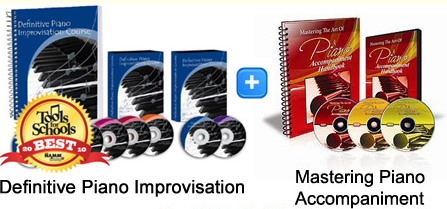Get Tips And Lessons to Your Lifelong Musical Journey!
Music Terminology for Beginners
Accelerando - getting faster as the section of the piece marked goes on. Adagio - played very slowly Chord - when you play three or more notes together all at once Forte - means to play the piece loudly, forcefully Largo - very slow and broad
Presto - play extremely fast Semitone - also known as a half step Staccato - play notes quickly, crisply, and detached from each other Tempo - the rate of speed of the musical piece; it can vary during songs when marked Variations - when you play a basic tune and then play different versions of it that retain the same basic melody. These are the most common music words used by pianists, along with the words that have already been used in these lessons. Keys, key signatures, time signatures, notes, whole notes, quarter notes, and so on; improvisation, etc. There are always more words to add to your musical vocabulary. Some of the words above are written out above or between the staffs. Some are noted by using a mark of some sort. There are many markings to learn, but some of them are easy. This is because the word is often written out along with the marking. For example, a crescendo marking starts as a point on the left and opens up wider to the right. Sometimes, the word crescendo will also be written somewhere either in the marking or under it to help you. Some markings you will have just have to learn. Staccato music is marked by dots under the notes you are to play short and crisp. When you learn all of this musical terminology, do not sit back and ignore the rest of the words and markings you find. Keep learning and you will never get bored. There is always more to know. "Step-By-Step Piano Video Tutorials Imagine Slashing Years Off Your Learning Curve By Tapping Into My System That I’ve Refined Into A Step-By-Step,
Easy To Follow Home-Study Course That Have You Improvise On The Piano Expressively In As Little As Weeks!" Click Here Now For Instant Access!
| ||
|
